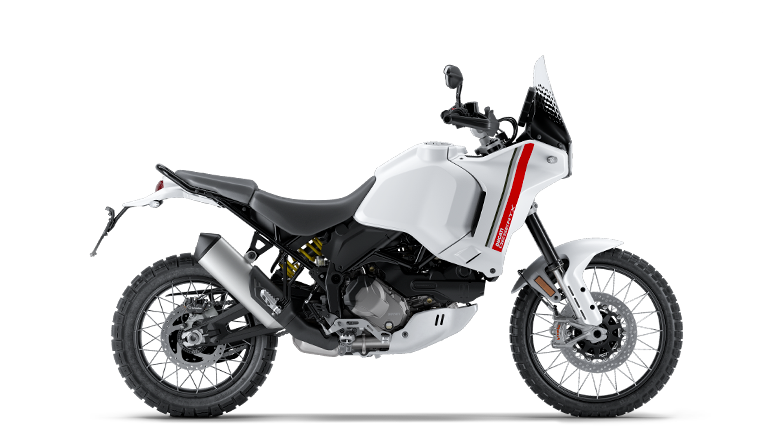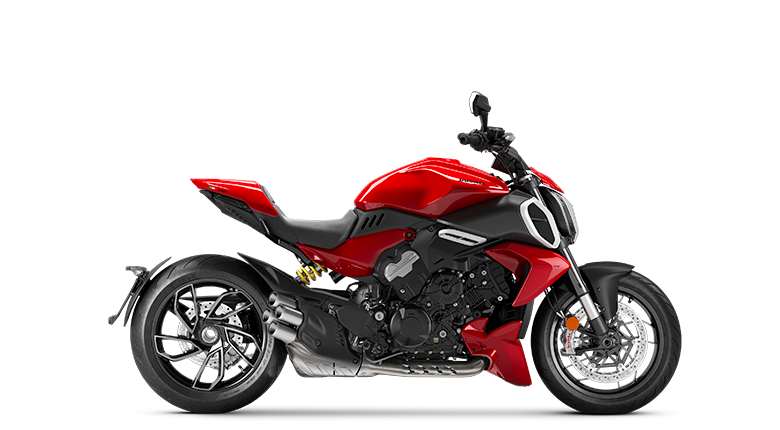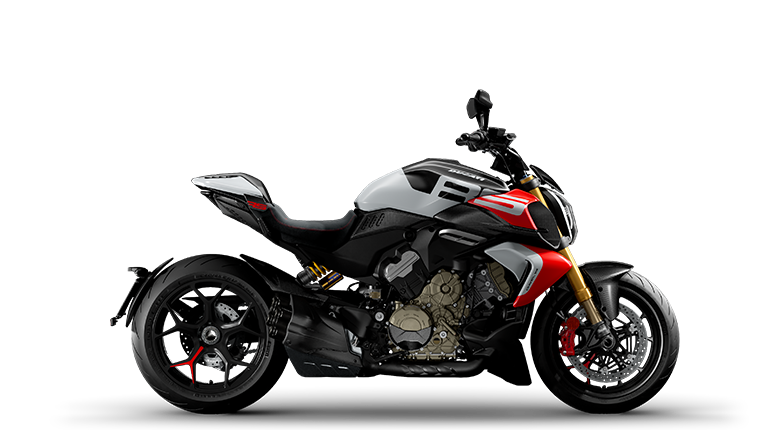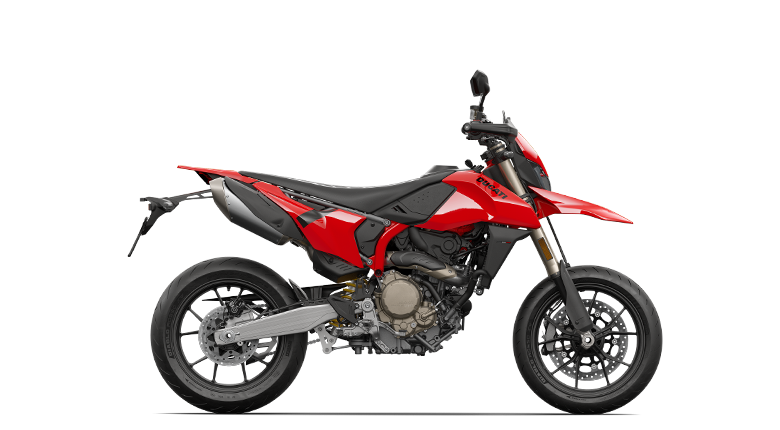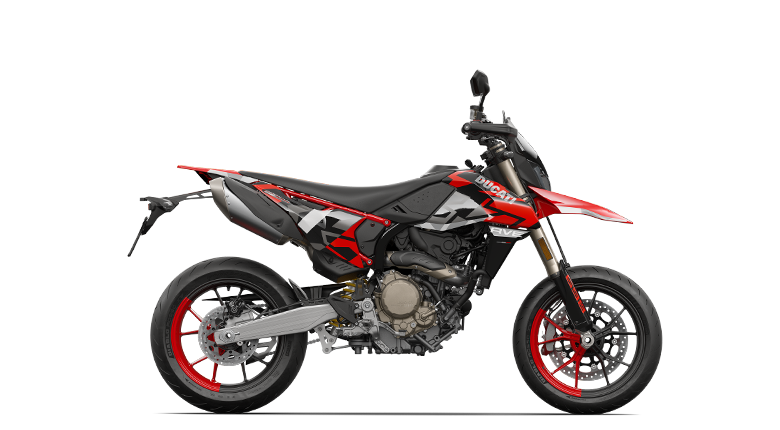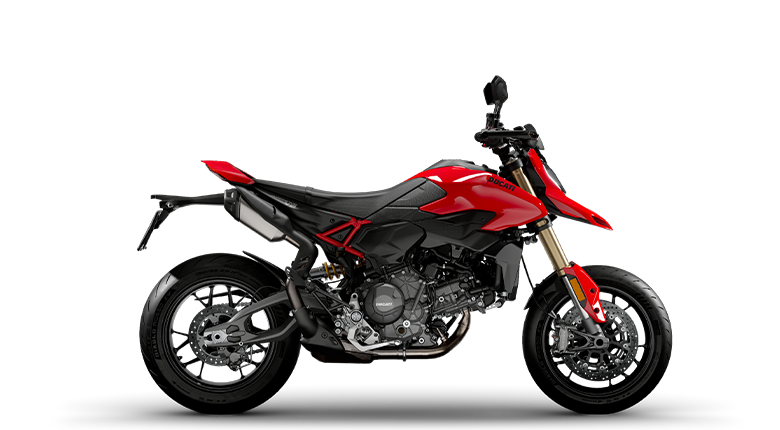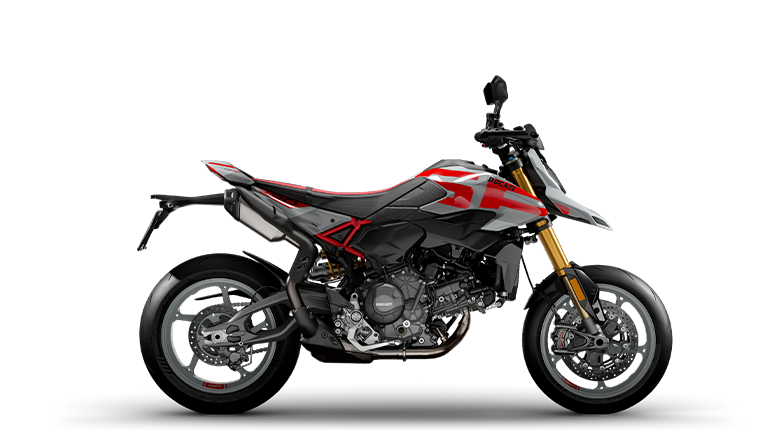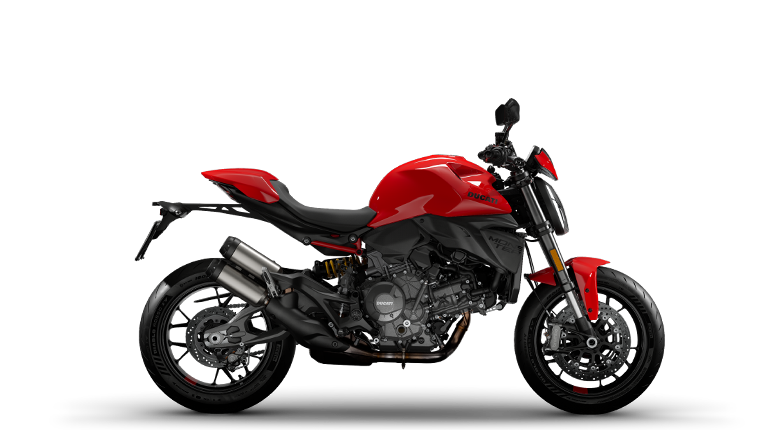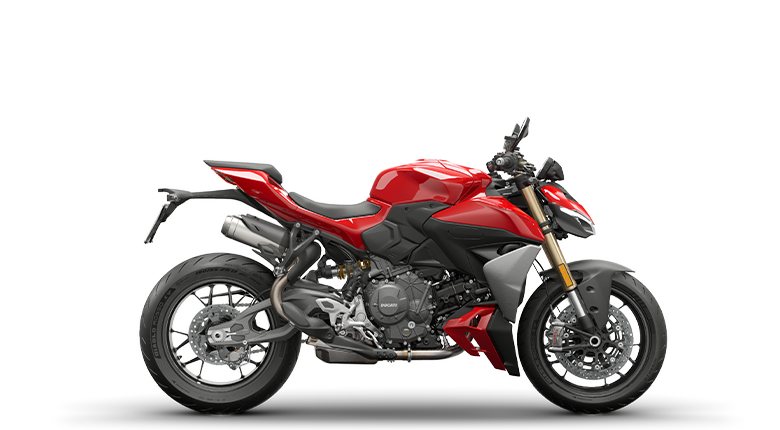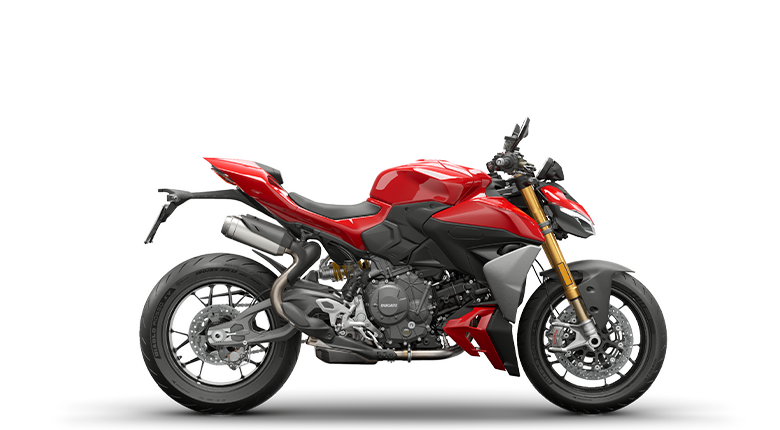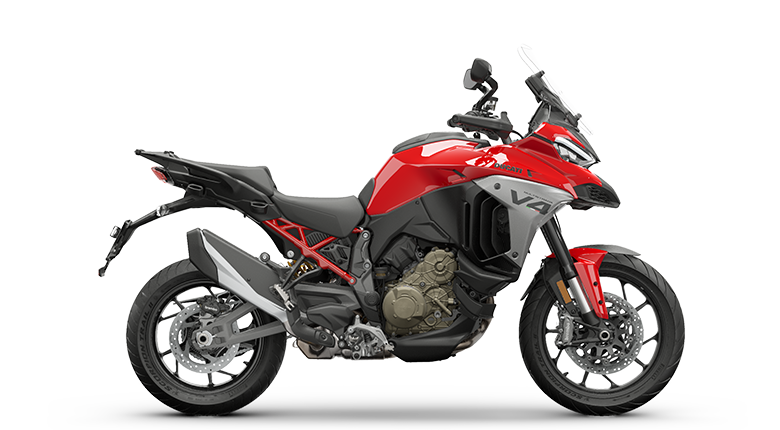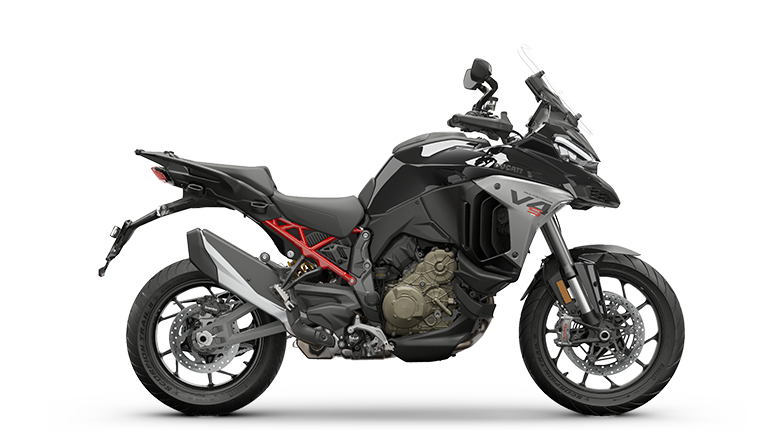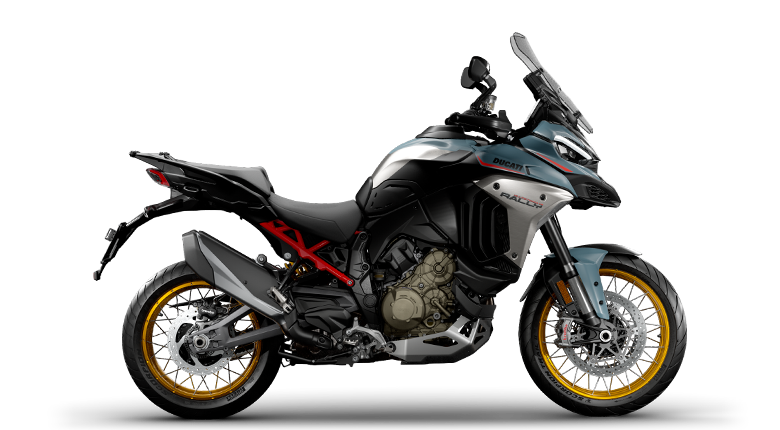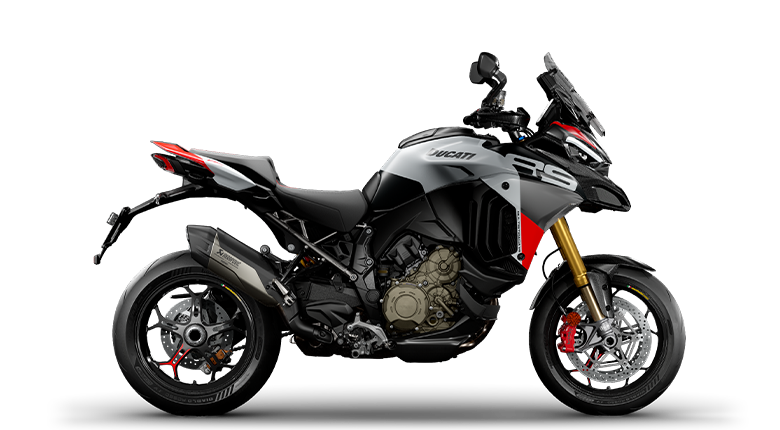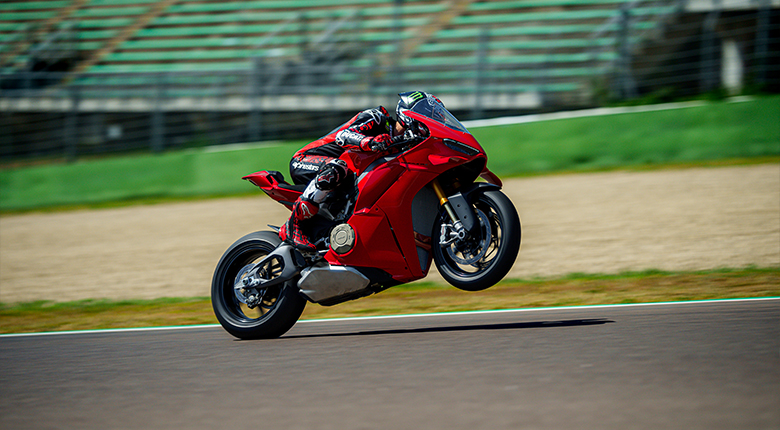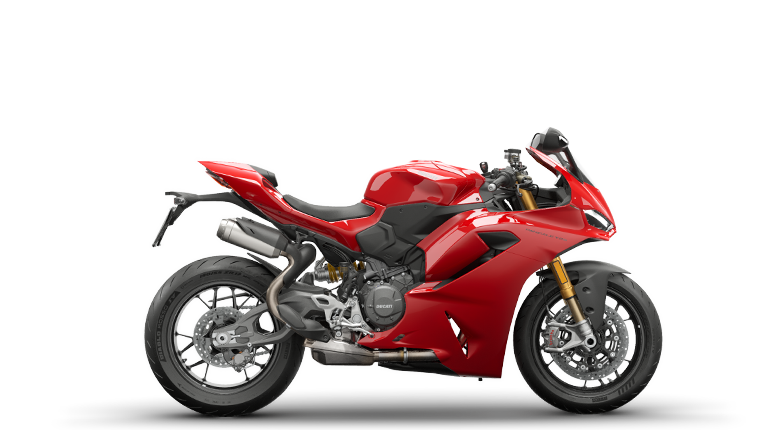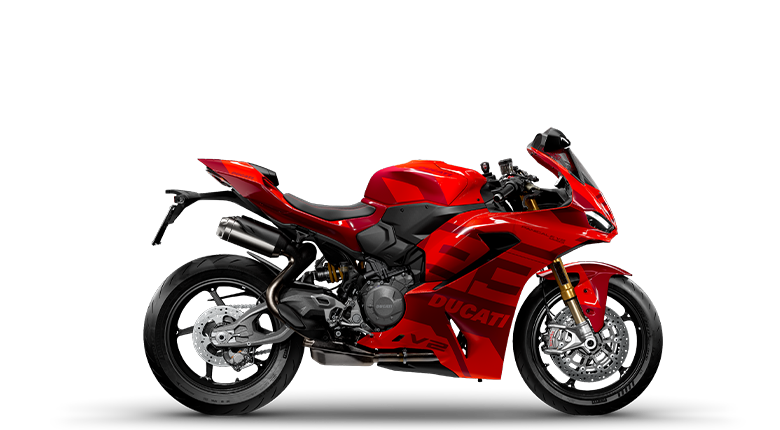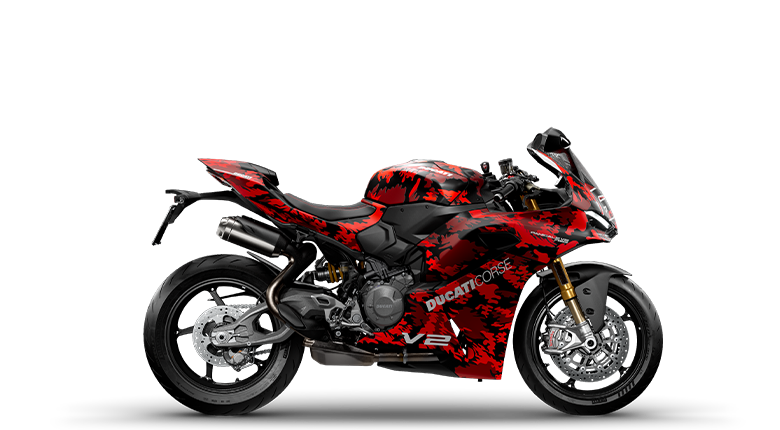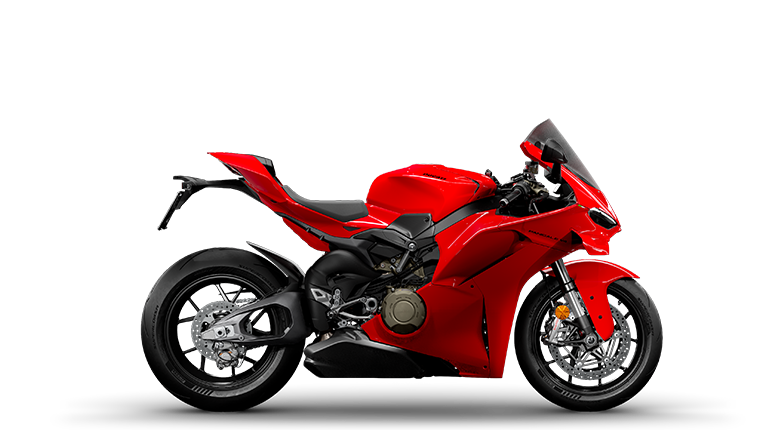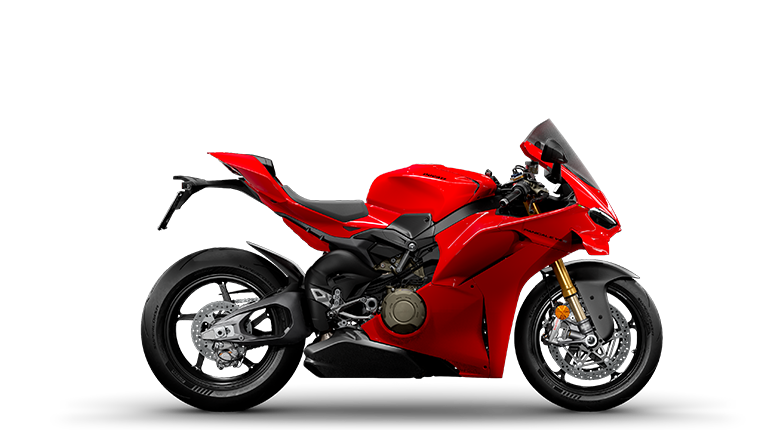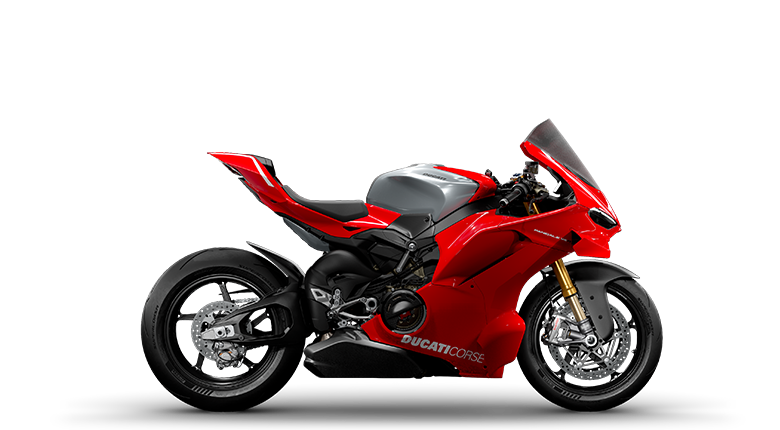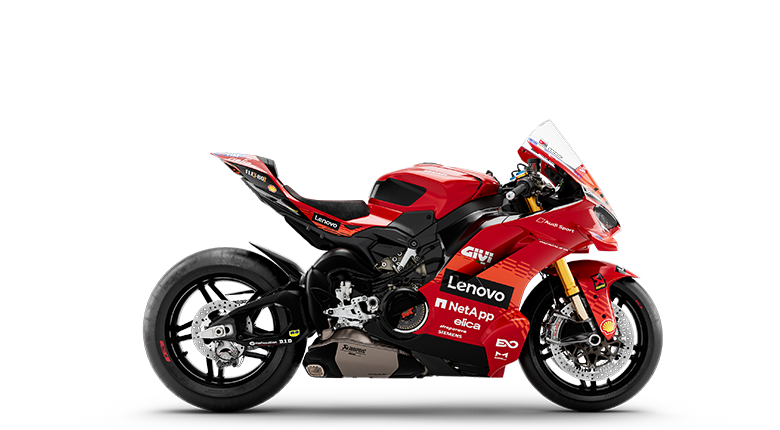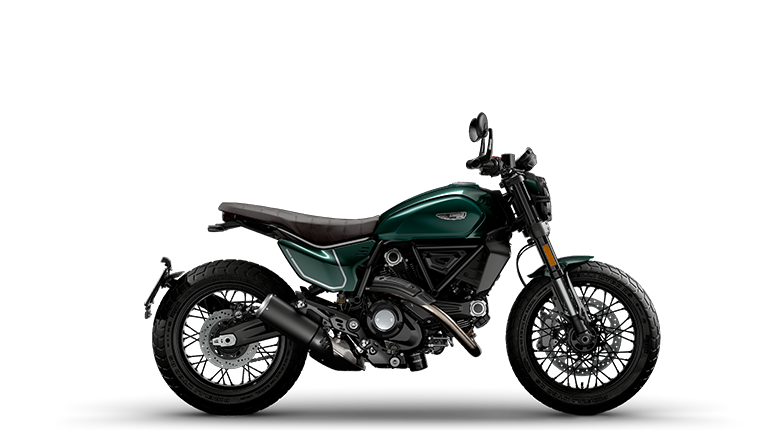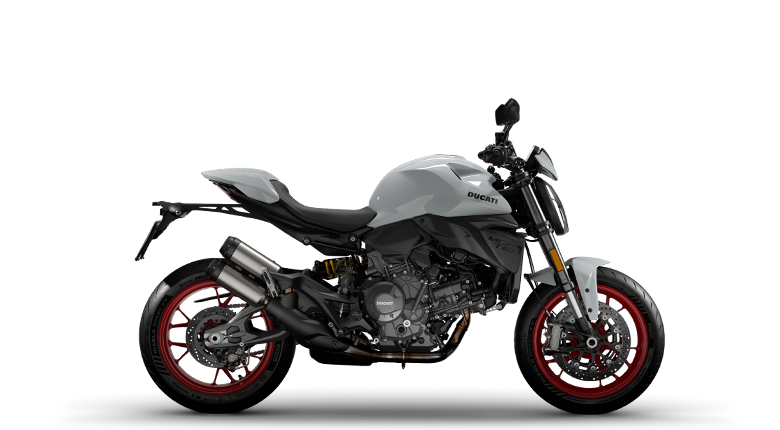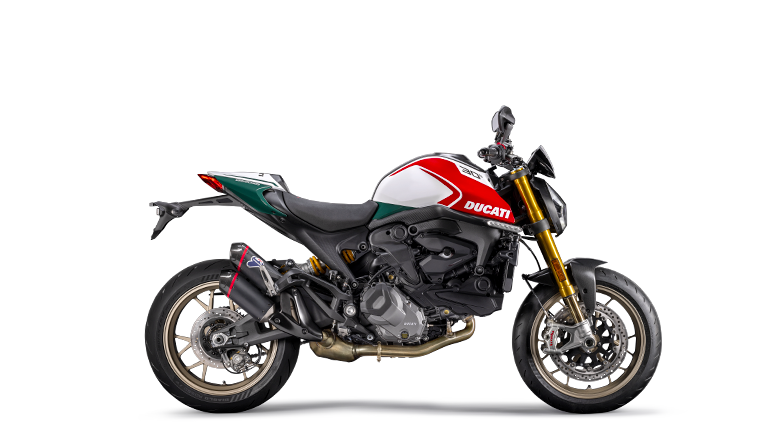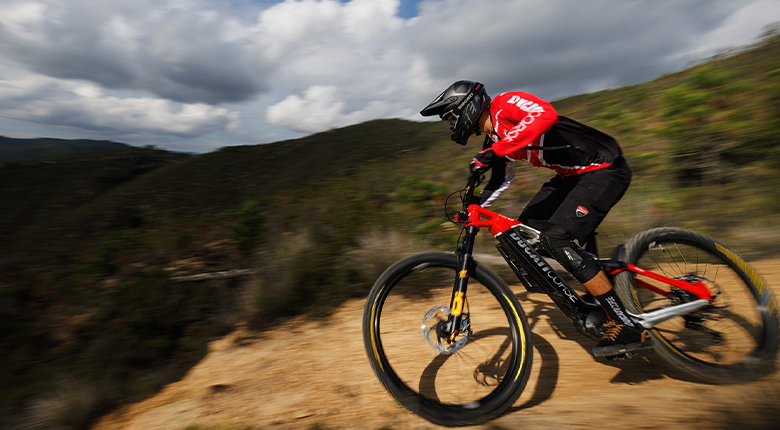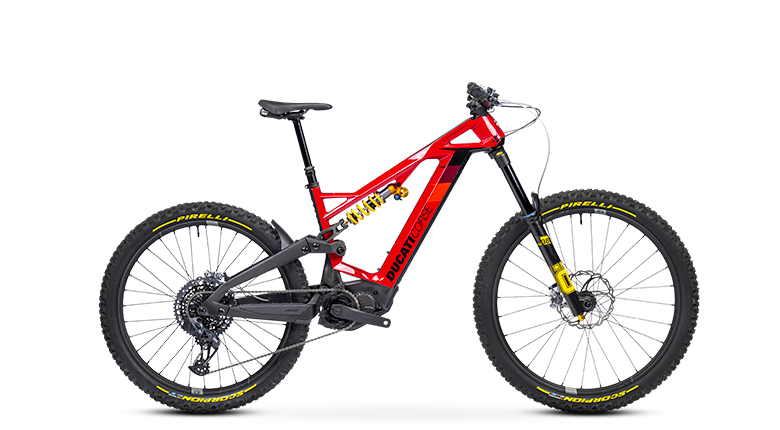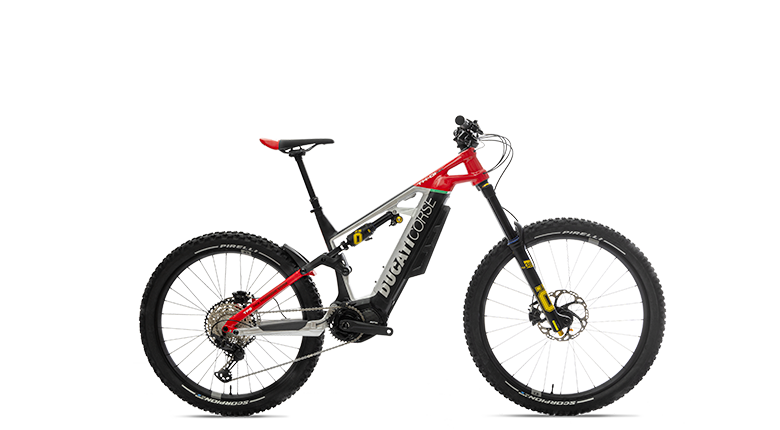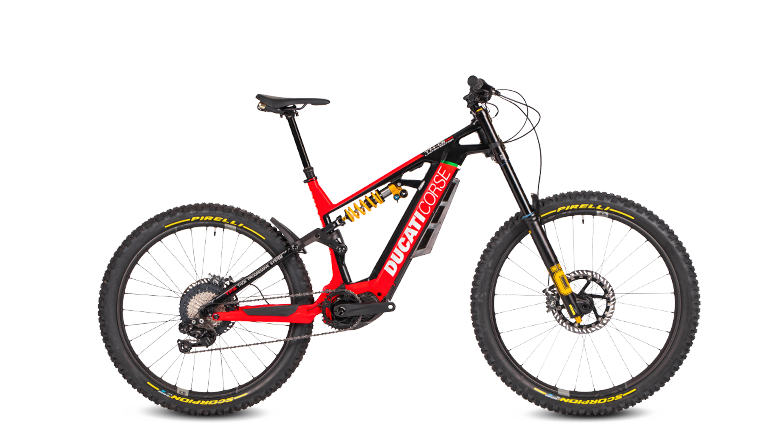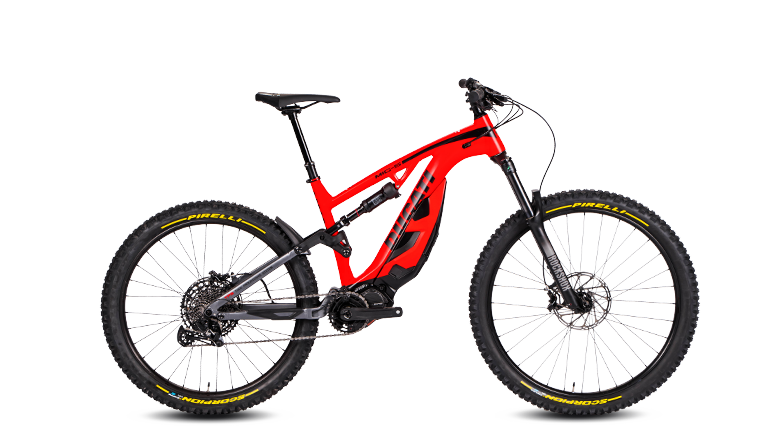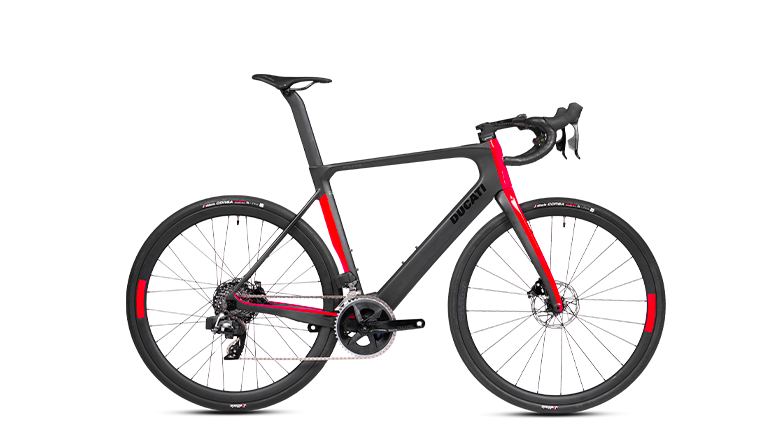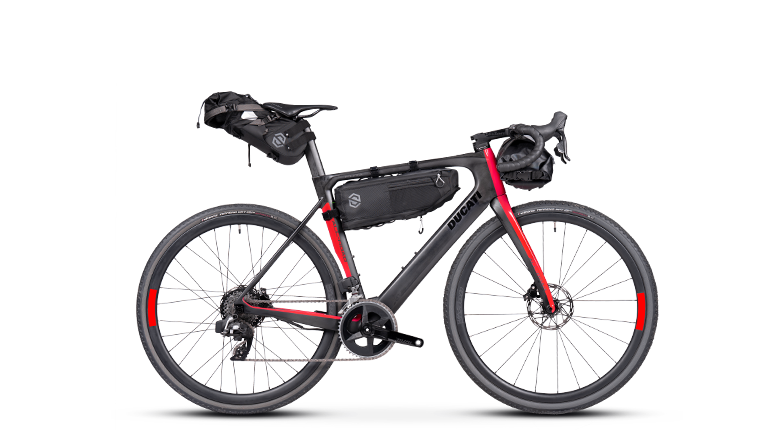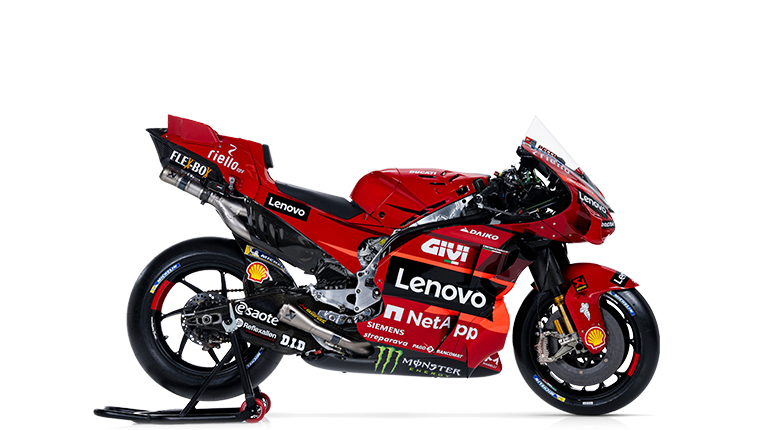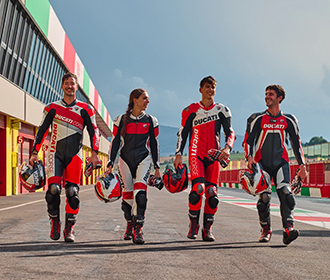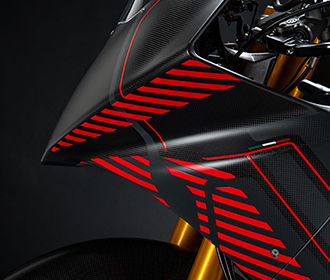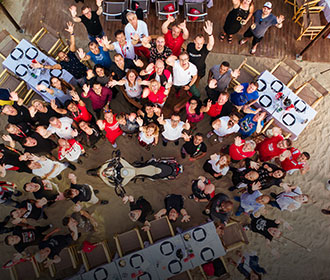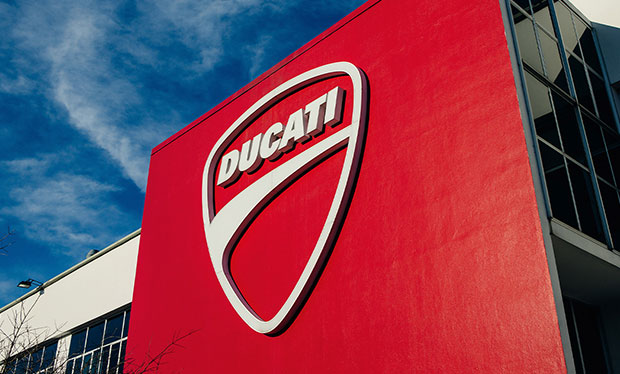- Models
- Configurator
- Shop
- News
- Racing
- DWP 2026
-
Models
-
DesertX
![]()
-
Diavel
![]()
-
XDiavel
![]()
- V4
XDiavel -
Hypermotard
![]()
- OVERVIEW
- 698 Mono
- 698 Mono RVE
- new V2
- new V2 SP
Hypermotard -
Monster
![]()
- new Monster
- new Monster +
Monster -
Streetfighter
![]()
-
Multistrada
![]()
- OVERVIEW
- V2
- V2 S
- V4
- V4 S
- new V4 Rally
- V4 Pikes Peak
- new V4 RS
Multistrada -
Panigale
![]()
-
![]()
-
35 kW Bikes
![]()
-
Off-Road
![]()
-
E-BIKE
![]()
-
Ducati Speciale
![]()
- Ducati Speciale
- Limited Series
- Racing Replica
- Racing Real
- Ducati Unica
Ducati Speciale
-
- Equipment
- Shop
- DWP 2026

Bikes
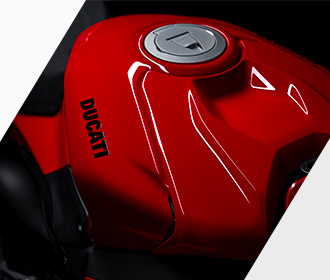
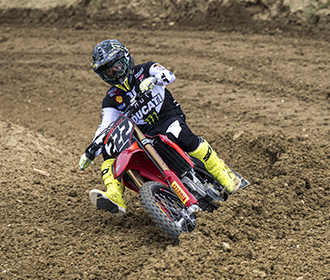
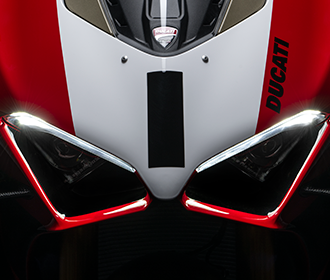
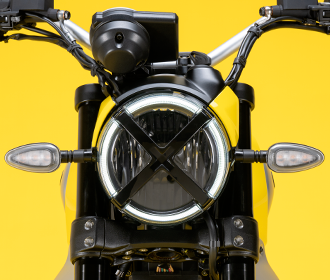
XDiavel
Monster
Hypermotard
Panigale
Off-Road
E-BIKE
Ducati Speciale

Ducati Range
A complete range designed to meet every need.

Press Reviews & Awards
A technical, independent and authorial point of view: for those who ride to tell the story and for those who seek inspiration before choosing it.

BROCHURE
Discover all the details of your favourite Ducati bikes and download the brochure!

Scrambler configurator
Configure your Scrambler now!
Equipment
Accessories
Ducati World
Ducati Riding Experience
Ducati Stories
News
Racing
MotoE
Corporate
Innovation
Design
Borgo Panigale Experience
Fondazione Ducati
The Ducati Network
Corporate Social Responsibility
Partners
- Ducati World
- Equipment
- App
- Corporate
- Service
- Ducati Club
- Dealer Locator
 International website
Change
International website
Change
Models

DesertX
New
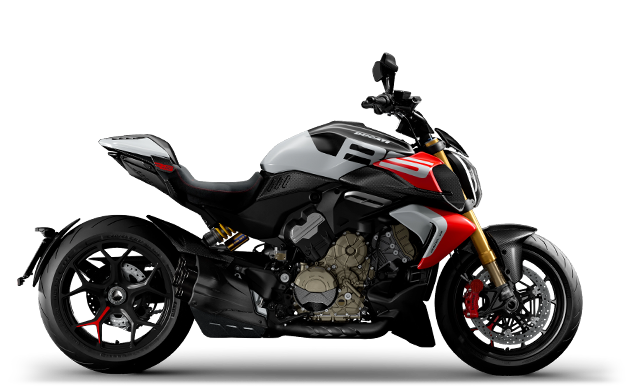
Diavel
New
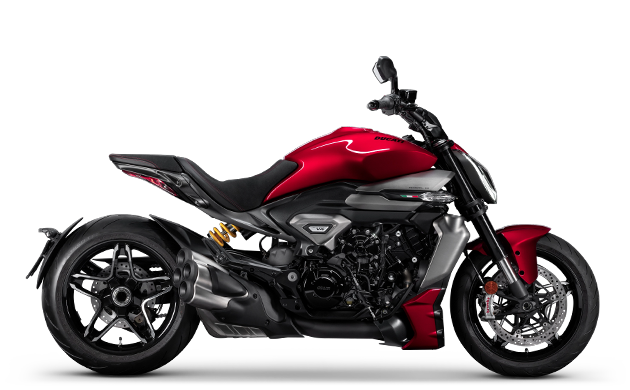
XDiavel
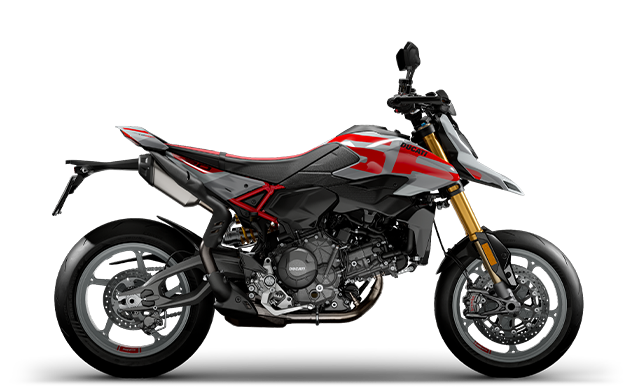
Hypermotard
New
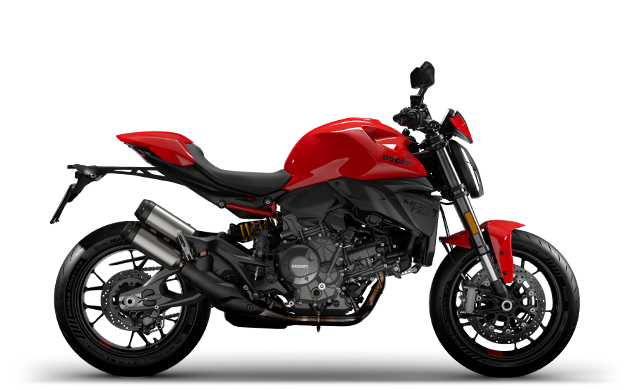
Monster
New
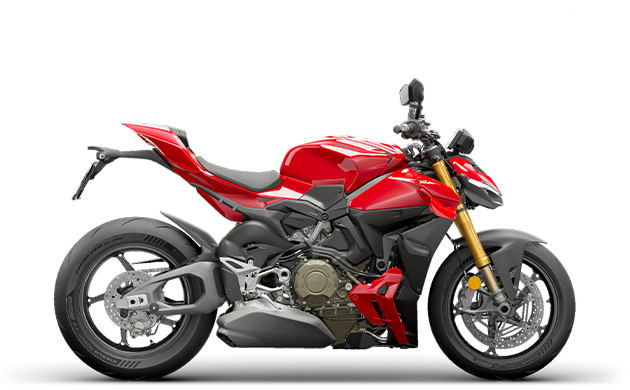
Streetfighter
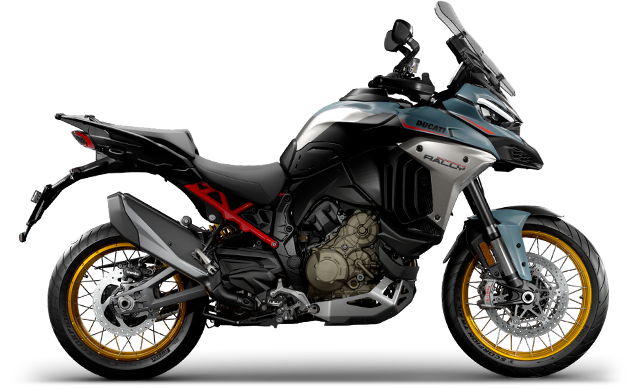
Multistrada
New
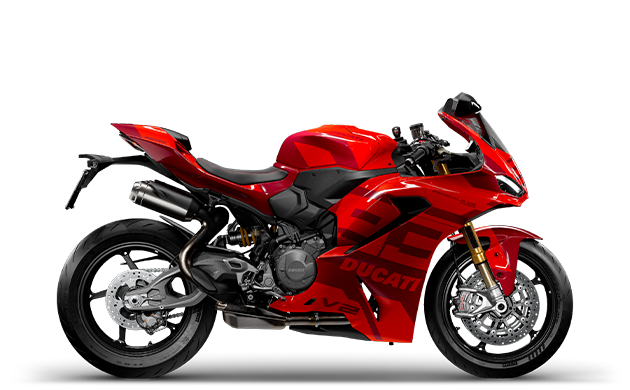
Panigale
New
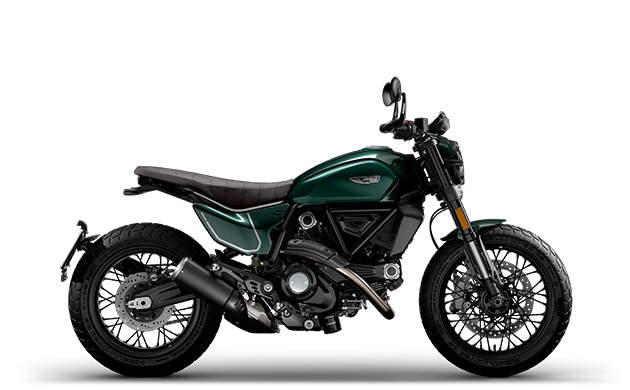
SCRAMBLER
New

35 kW Bikes

Off-Road
New

E-BIKE

Ducati Speciale
Racing
Ducati World
- Ducati Riding Experience
- Ducati Stories
- News

Events Calendar
Discover about events and rallies organized by Ducati and the Ducati Official Clubs.
Discover more
Equipment
- Accessories
- Apparel
- Collab
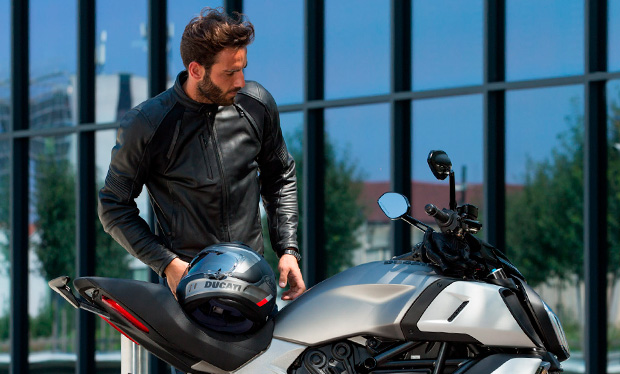
Ducati Online Shop
The online shop has a whole new look. Our style is the same as always. Buy now!
Click and discover!
Corporate
- Who We Are
- Innovation
- Design
- Borgo Panigale Experience
- Fondazione Ducati
- The Ducati Network
- Corporate Social Responsibility
- Partners
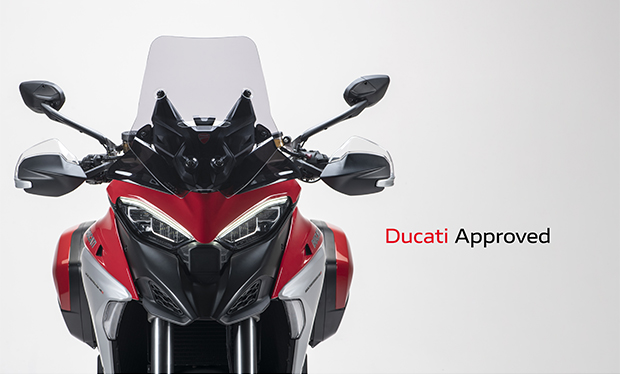
Ducati Approved
When you choose a Ducati Approved bike, you can be sure that Ducati is always by your side.
Discover more
Service
Ducati Club
- Ducati 916
- Massimo Tamburini
- Ducati Museum

As part of the celebrations for the 25th anniversary of the Ducati 916's production launch, an authentic masterpiece by the unforgettable designer Massimo Tamburini, the Ducati Museum now features a new, incredible piece of its history: Massimo Tamburini's 916.
This exhibition, made possible by the precious collaboration of the Ducati Museum with Simona Tamburini, the daughter of the Italian designer and owner of the motorcycle, allows us to reveal some secrets behind an already legendary bike. The 916 on display is one of the three prototypes from which Tamburini developed the bike until its industrialisation in 1994.
Massimo Tamburini, who had already developed the Paso 750 for Ducati in 1986 (also on display in the Museum), with the 916 developed a bike that was a real revolution in the motorcycle world. The 916's aerodynamics and chassis were developed exclusively on the roads of Rimini and at the Misano and Mugello circuits. For six, long years Tamburini meticulously studied every detail, without ever using the wind tunnel.
The bike in the museum features details that are more similar to those of the 916 SP series, the highest performing model of the 916 series. The bike is almost completely made of fibreglass, while the air conveyors, front mudguard, airbox, tailpipes and number plate holder are made of carbon. Moreover, the bike is embellished with racing components like the five-spoke magnesium rims (used exclusively on racing versions at the time) and the lightened single-sided swinging arm. Worthy of note is the absence of turn indicators and an odometer: the only instrumentation is a tachometer and a water temperature indicator.
The bike is on display at the Ducati Museum until 15 January 2020.
 DesertX
DesertX Diavel
Diavel XDiavel
XDiavel
 Hypermotard
Hypermotard Monster
Monster Streetfighter
Streetfighter
 Multistrada
Multistrada Panigale
Panigale
 35 kW Bikes
35 kW Bikes
 Off-Road
Off-Road E-BIKE
E-BIKE
 Ducati Speciale
Ducati Speciale


